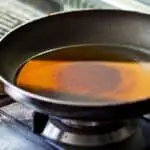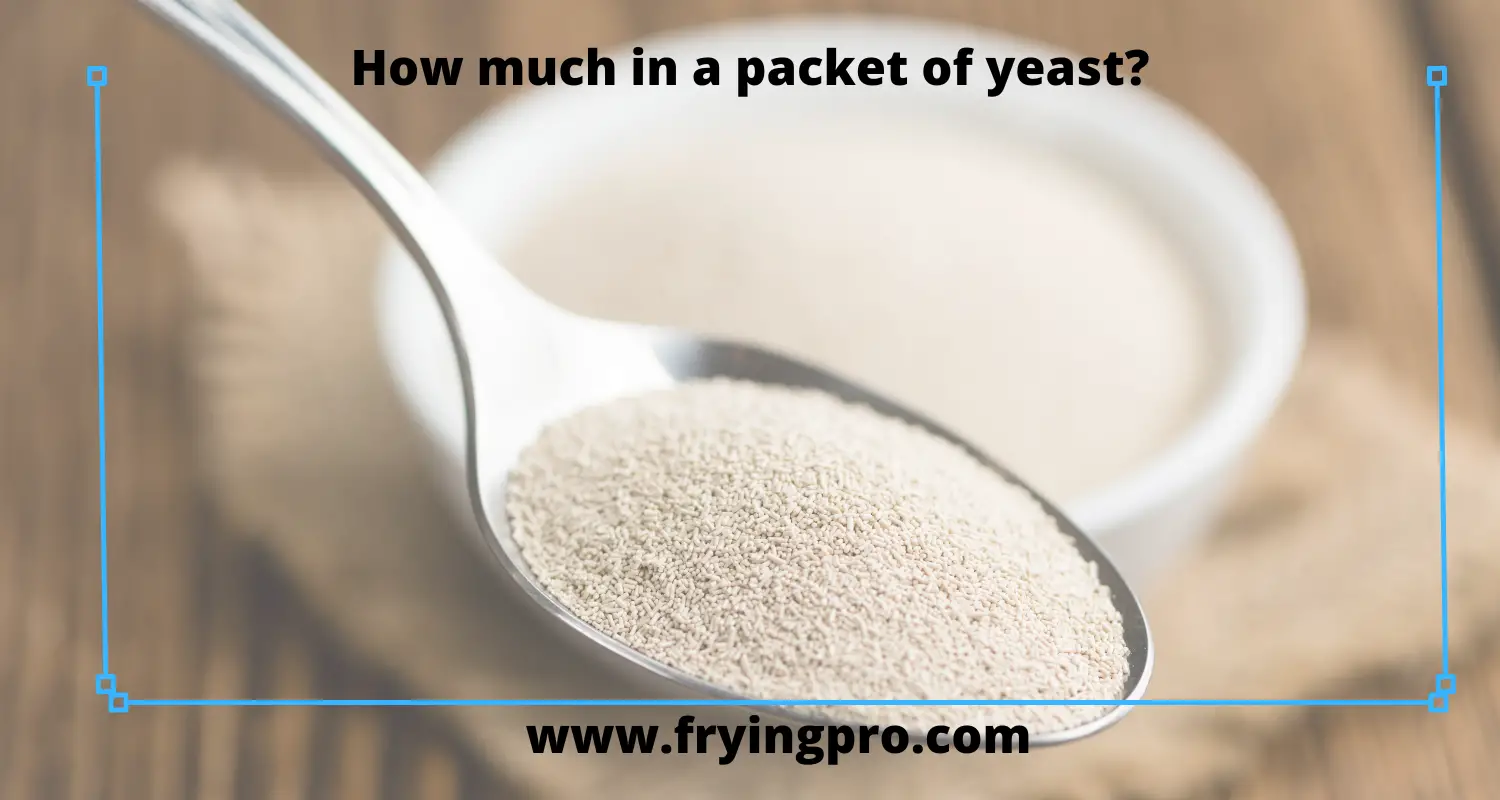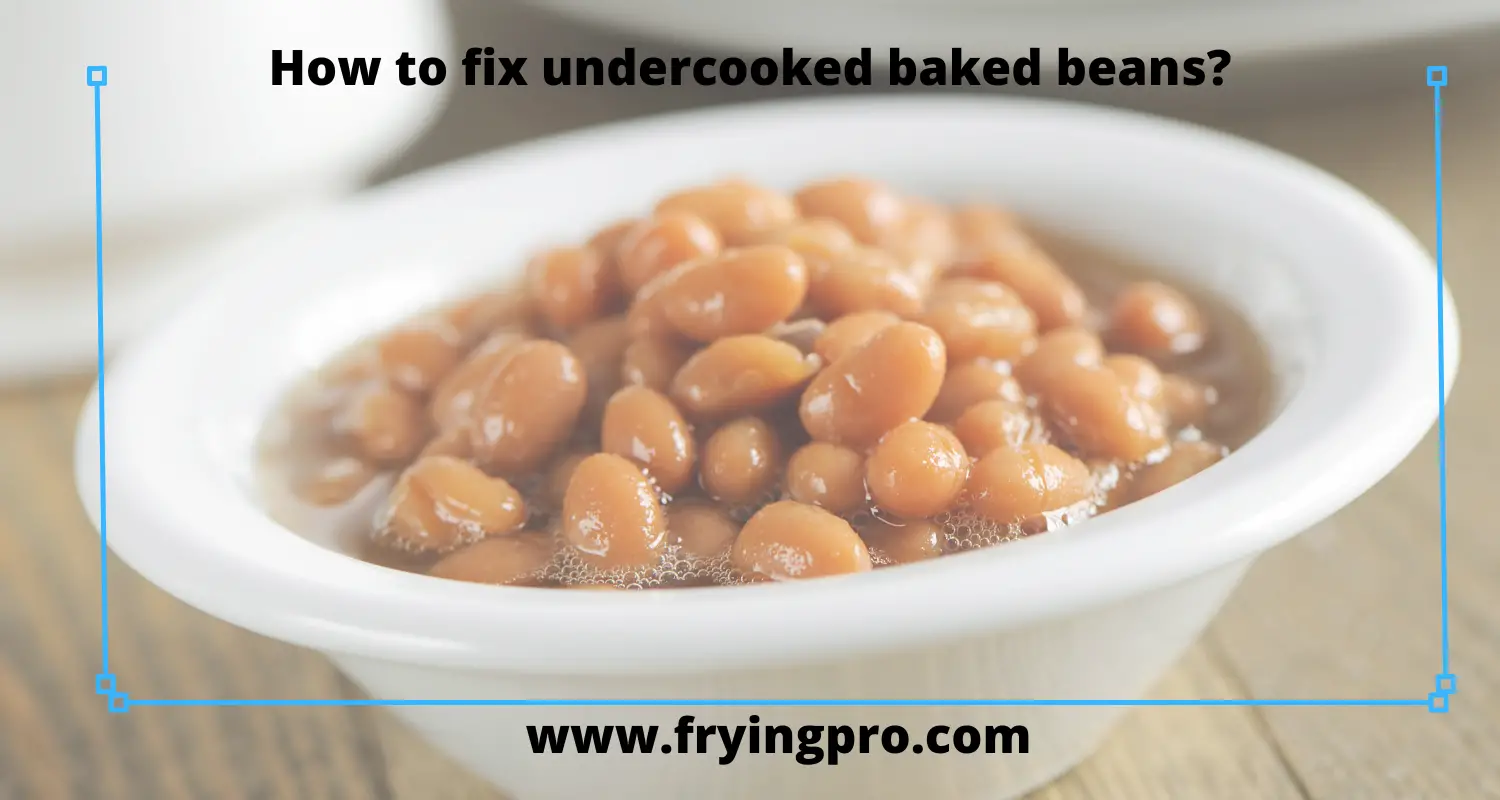Table of Contents
- How much oil does deep frying absorb?
- Science of oil Absorption
- Type of Food
- Calculation of oil absorption
- Size of the Cooking Utensils
- Type of oil
- Cooking Time
- Oil Temperature
- Amount of Food
- Surface area
How much oil does deep frying absorb?
Golden brown and delicious crust is the key characteristic of deep-frying. Everyone absolutely loves fried food. The crispiness, greasy taste, and freshness attract people worldwide to love Fried foods. But many doubt the deep-frying, especially since they are now aware of the impact of oil on health.
So the common question on everyone’s mind is how much oil does deep-frying absorb? The scientific aspect to this question is that the amount of oil absorbed during frying is directly proportional to the amount of moisture in the food. The more moisture in the food, the more oil will absorb during frying.
According to most credible and famous chefs, the oil absorption of various food is usually between 20-50%. These numbers do not account for any oil residue left in the food.
Science of oil Absorption
Any food that is cooked in hot oil is known as frying. Deep frying is the popular term for cooking food submerged in hot oil. The amount of oil absorbed by the food during deep-frying varies depending on various factors.
Oil Absorption By Surface Area
The more surface area, the bigger the hit of oil. The volume of the food doesn’t change, but as you cut it into smaller pieces, the surface area increases.
Oil Absorption by Amount
The more food in the pan or oil, the more oil you can expect to be absorbed all around.
Oil Absorption by Type of Fat
Different oils absorb differently. For example, clarified butter, or ghee, is more saturated than most oils and will retain more oil during frying.
Type of Food
Different foods have different capacities for absorbing oil. Different types of food absorb more or less oil during frying. Seafood is a good example as it absorbs very little while meat absorbs a lot more. Vegetables, however, can absorb a large amount of oil.
Food like fish and chicken tend to contain high moisture content, which may increase their oil absorption rate. While the foods with lower moisture content, such as French fries, croquettes, doughnuts, absorb less oil. They are usually coated with breading before frying, which helps in reducing the amount of oil absorbed.
The texture of the food also determines the amount of oil absorbed. The more porous a food is, the more oil it will absorb. For example, doughnuts will absorb more oil than onion rings because they are denser in texture than onion rings.
Calculation of oil absorption
We can determine the amount of oil absorbed by food by calculating how much oil is required to cook the food.
The formula for determining the amount of oil absorbed during deep-frying is:
Oil Absorbed= (mass of the food in gram/1000)*oil absorption coefficient
The mass of the food in grams is determined by multiplying its density in g/cm^3 with its volume.
Therefore, for example, if you wanted to prepare French fries at home and wanted to know how much oil would be absorbed during frying, you would do the calculation like this –
Oil Absorbed = (500g/1000)*0.2 = 100ml*1 liter = 100 ml
This means that 100 milliliters or 100ml will be absorbed during deep frying or boiling process.
Size of the Cooking Utensils
This can depend on the size of your cooking utensil and the temperature you set your appliance to. An average-sized cooking utensil or pot will absorb about one liter of oil for every 20 minutes it is frying at around 196° C (385° F).
The amount of oil a deep fryer will absorb can vary based on the size and type of cooking utensil. If you use an appliance for cooking for just one or two people, then a small pot should be sufficient. If you have been invited over to a gathering and require your deep fryer to cook for several people, then a larger utensil should be used.
The oil will also vary depending on the type of food being cooked. A thinner batter will cause more resistance, for example, a potato chip versus bread crumbs. The lower the temperature or setting your deep fryer has been set to reduce the amount of oil absorbed by your cooking utensil.
Type of oil
Is all oil the same when it comes to deep-frying? The short answer is no. Different oils have different densities and absorb different amounts of oil when heated.
An oil’s density can be understood by looking at a measure called its specific gravity, or in everyday terms, how heavy a given volume of oil feels when you pick it up. This number is the inverse of density which means that smaller numbers indicate higher densities and larger volumes of oil.
Most vegetable oils have higher densities meaning they are lighter than water. This means that they’ll absorb less in the food. For example, olive oil which has a specific gravity of 0.94 at its boiling point (220 F), has a volume of 0.8-0.85 ounces per cubic inch. Its higher density at a lower boiling point makes it a light oil and less absorbent.
While at the other hand, shortening or lard with a specific gravity of 0.92 at its boiling point in the range of 365 to 400 F has a volume of 0.74-0.76 ounces per cubic inch, making it heavier and therefore heavier more absorbent when heated up for deep frying.
Cooking Time
The amount of oil absorbed can also depend on how long it takes to cook the food. For instance, if you’re not paying attention and leave something cooking too long, then it might end up absorbing more oil than necessary.
Oil absorption rates depend on the amount of time you fry your food. Longer frying times can lead to increased levels of oil absorption by the food. Deep frying should be done at a steady heat between 325-375 degrees Fahrenheit for best results.
This allows the food to cook evenly on all sides and for the inside of the food to heat up without overcooking. The total cooking time varies depending on what you’re frying and how big it is, but most items take between 3 and 7 minutes.
Oil Temperature
Foods fried at lower temperatures (such as using an air fryer) tend to take longer, so they’ll absorb less fat. If the oil is too hot, it will immediately start absorbing into your cooking food.
It would be best to keep in mind that some foods absorb more fat than others. Foods with high water content, such as chicken and doughnuts, will absorb the most, while foods with less water, such as potatoes, salmon, or carrots, will absorb less oil.
Frying some items at a low temperature is your best bet when avoiding absorbing so much oil. It might take a little longer if not hot enough, but eventually, the food will absorb a large amount of oil. Oil temperatures are essential for appropriate oil absorption.
Amount of Food
The larger the portion size means, the less oil is absorbed per piece. Smaller items are more likely to absorb higher amounts because more surface area with less mass absorbs the oil.
Some tiny food particles can burn and lead to contaminate the oil. You can always clean and reuse the oil by following standard procedures.
Surface area
The smaller the surface area, the more oil it will absorb. For example, doughnuts have a small surface area compared to fried foods like chicken legs or French fries; therefore, they are more likely to absorb much of the cooking oil. For example, some foods are fried multiple times before being eaten, which means they absorb more fat than if they were only fried once.
Deep frying larger items means they will absorb less oil per piece because of the lower surface area-to-mass ratio. Smaller items are more likely to absorb higher amounts because more surface area with less mass absorbs the oil.
The amount of oil absorbed can be altered by how much food is being fried at once and changing cooking times. Longer frying times will allow foods to absorb more oils, whereas smaller portions naturally absorb less oil. However, a meal that deep-fries one item at a time would have the lowest amount of oil being absorbed per dish.
The biggest takeaway from this is to use the right type of oil, proper time period, smaller batches of food, and proper oil temperature to decrease the number of absorbed oils.
The more you fry a given item, or the longer you fry it, will increase its absorption rate. Also, lower temperatures will result in less fat content per piece, while larger portions will lead to decreased amounts of oil absorption.






